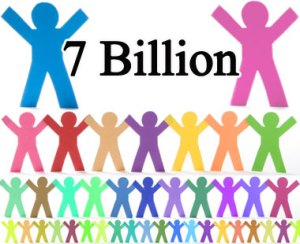“What we need to really find for the future is the contraceptive for overconsumption,” says Mother Jones environmental correspondent Julia Whitty on PBS’s Need to Know.
In this video segment, Whitty, who wrote a MoJo cover story on population last year, talks population with Phillip Longman, a fellow at the New America Foundation and author of the 2004 book The Empty Cradle: How Falling Birthrates Threaten World Prosperity And What to Do About It.
[vodpod id=ExternalVideo.1011882&w=600&h=350&fv=width%3D600%26height%3D328%26video%3D2056734941%26player%3Dviral%26end%3D0%26lr_admap%3Din%3Apbs%3A0]
Whitty sums up the main dilemma: “This is the paradox that I wrote about, which is: The greatest way to slow population growth is to reduce poverty. But the greatest way to run out of resources is to increase wealth. And this is what we face as we move forward is how to balance these two issues.”

Read more on population. Check out our series 7 Billion: What to expect when you're expanding
Longman adds: “The relationship between the environment and population is not straightforward. For example, the pattern we’ve really seen over the last 20 or 30 years is: birth rates come down, families get smaller, each person consumes more. The classic example is China, where the one-child family is the norm, and yet that one child consumes enormous amounts more than eight of his peasant forebears. We can’t necessarily think that just because population growth is moderating — and it is moderating very fast — that our environmental problems are solved.”
Need to Know is a partner with Grist in the Climate Desk project.
This is the latest in a series of GINK videos about population and reproduction (or a lack thereof). It’s also part of Grist’s 7 Billion series.


